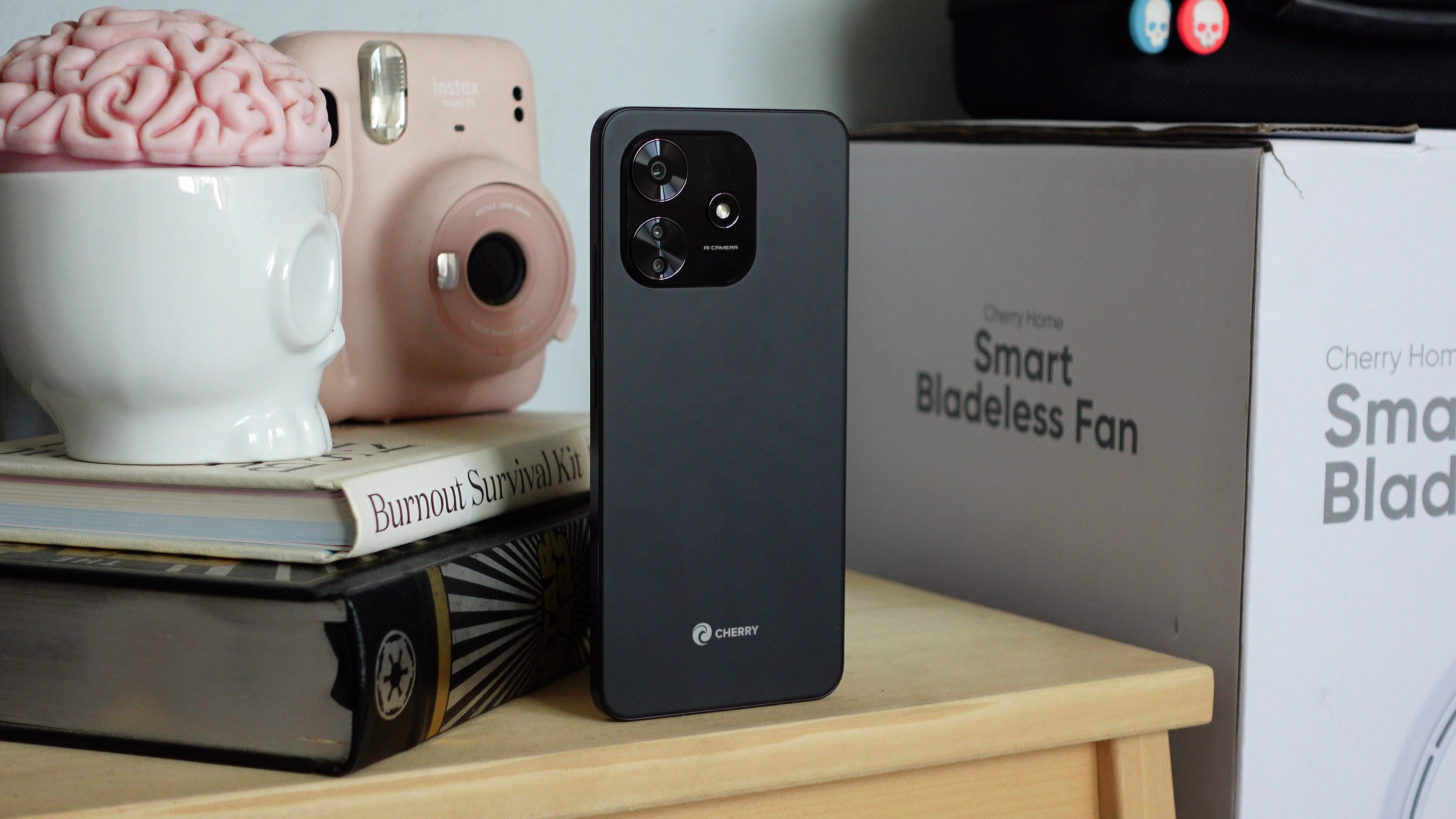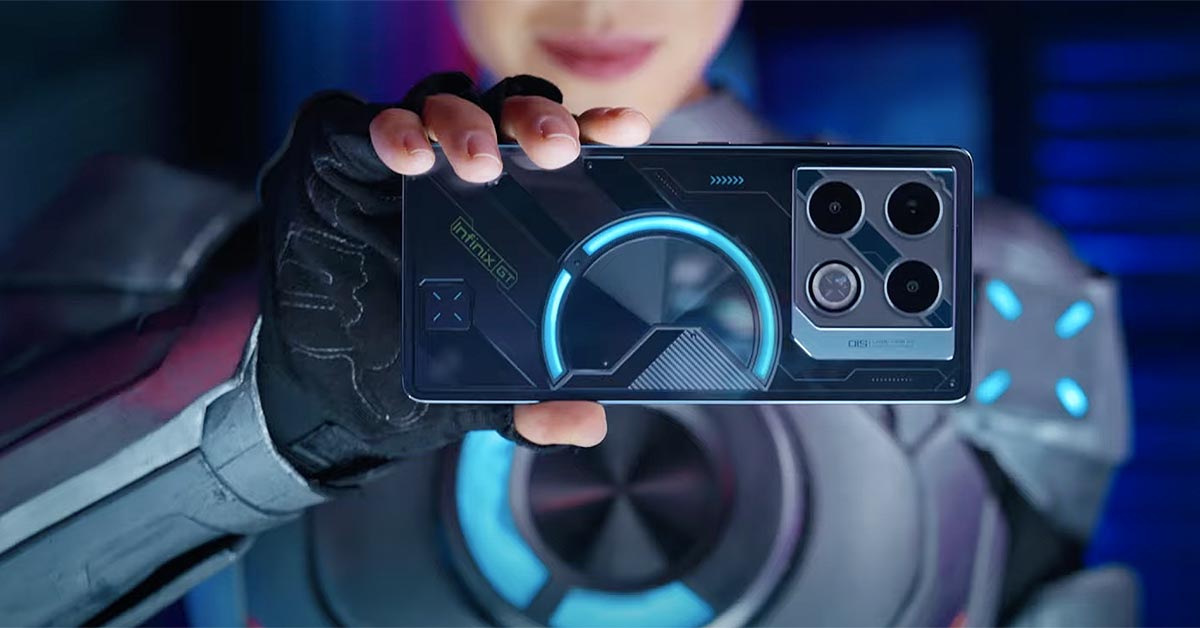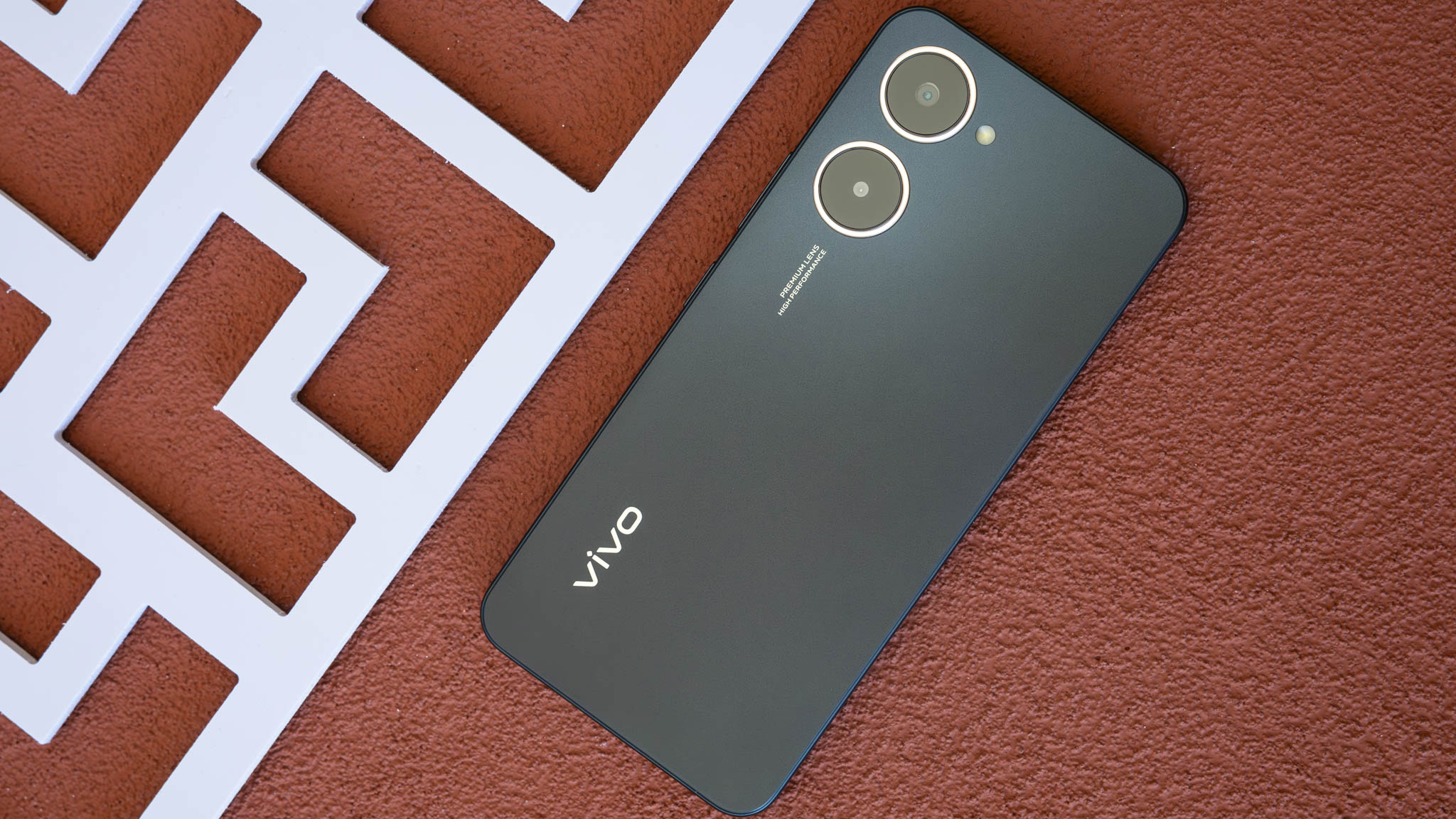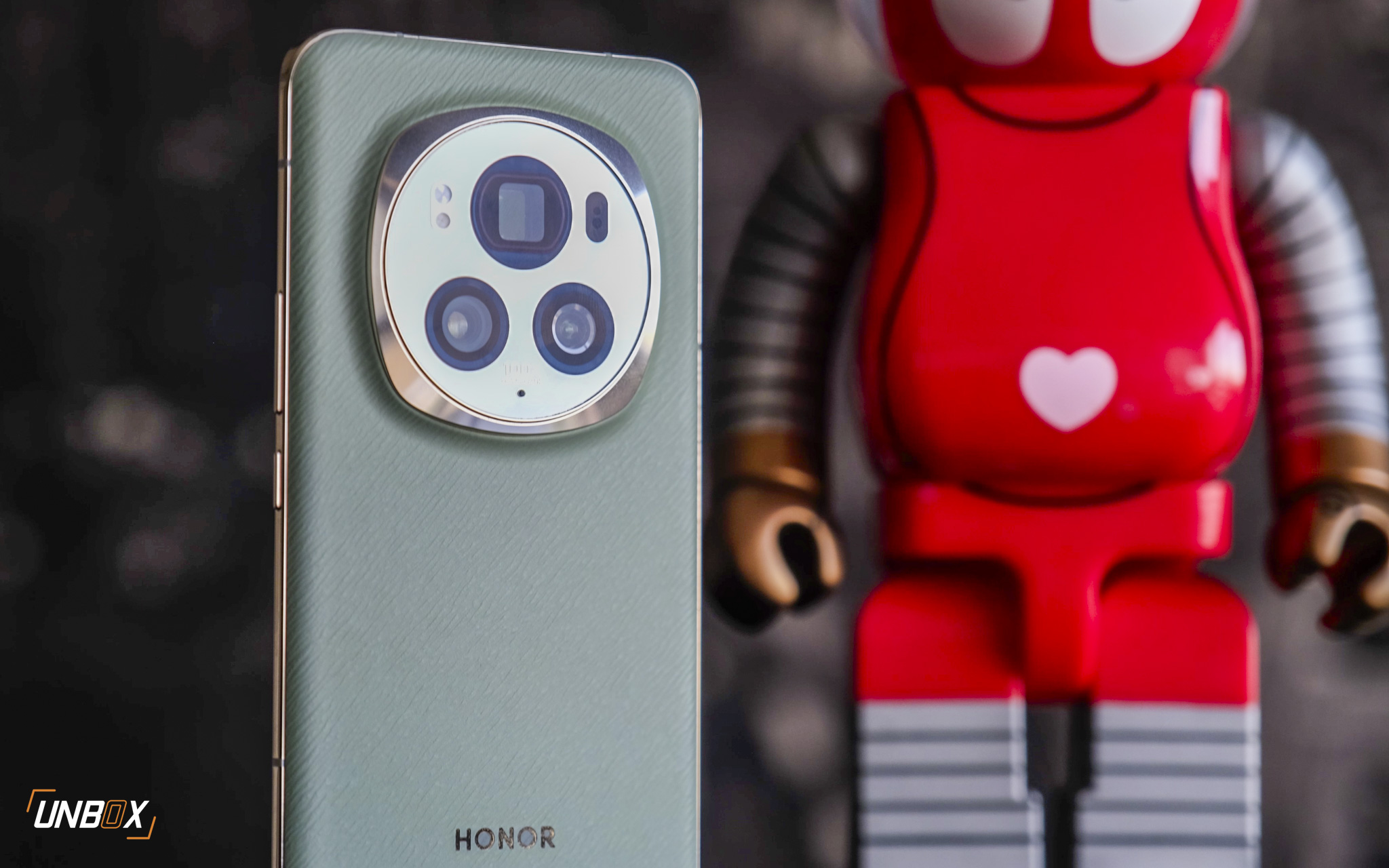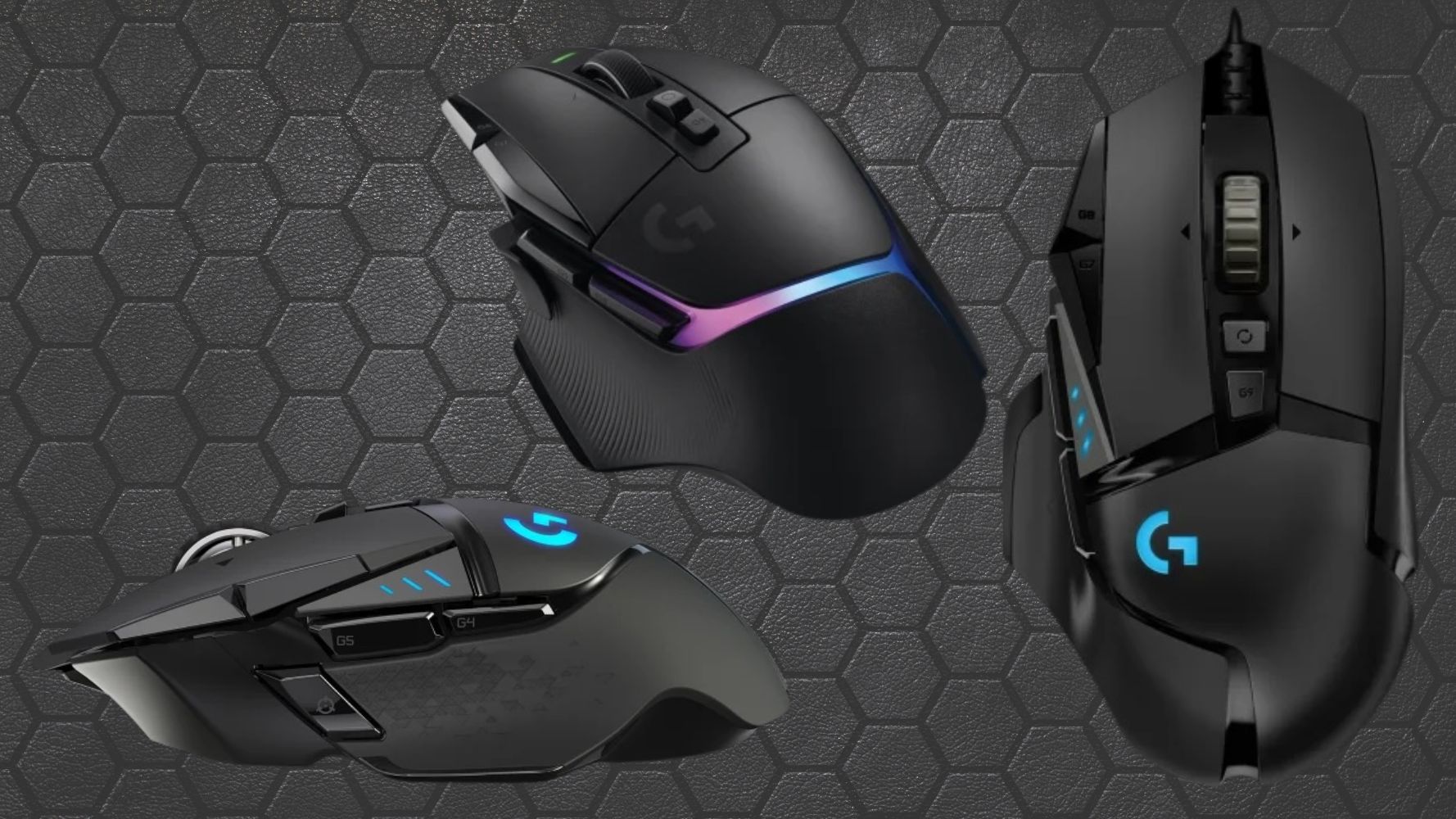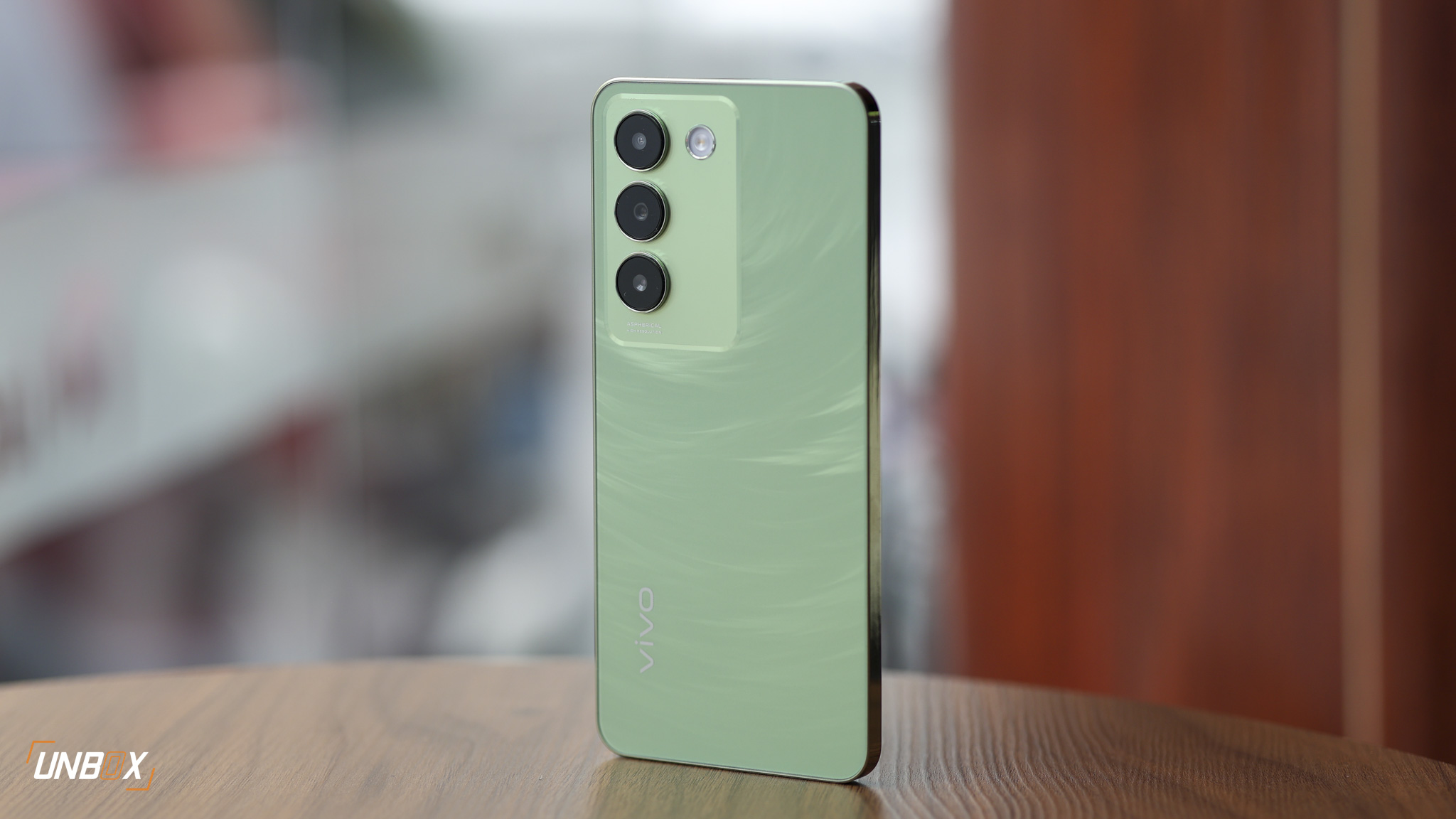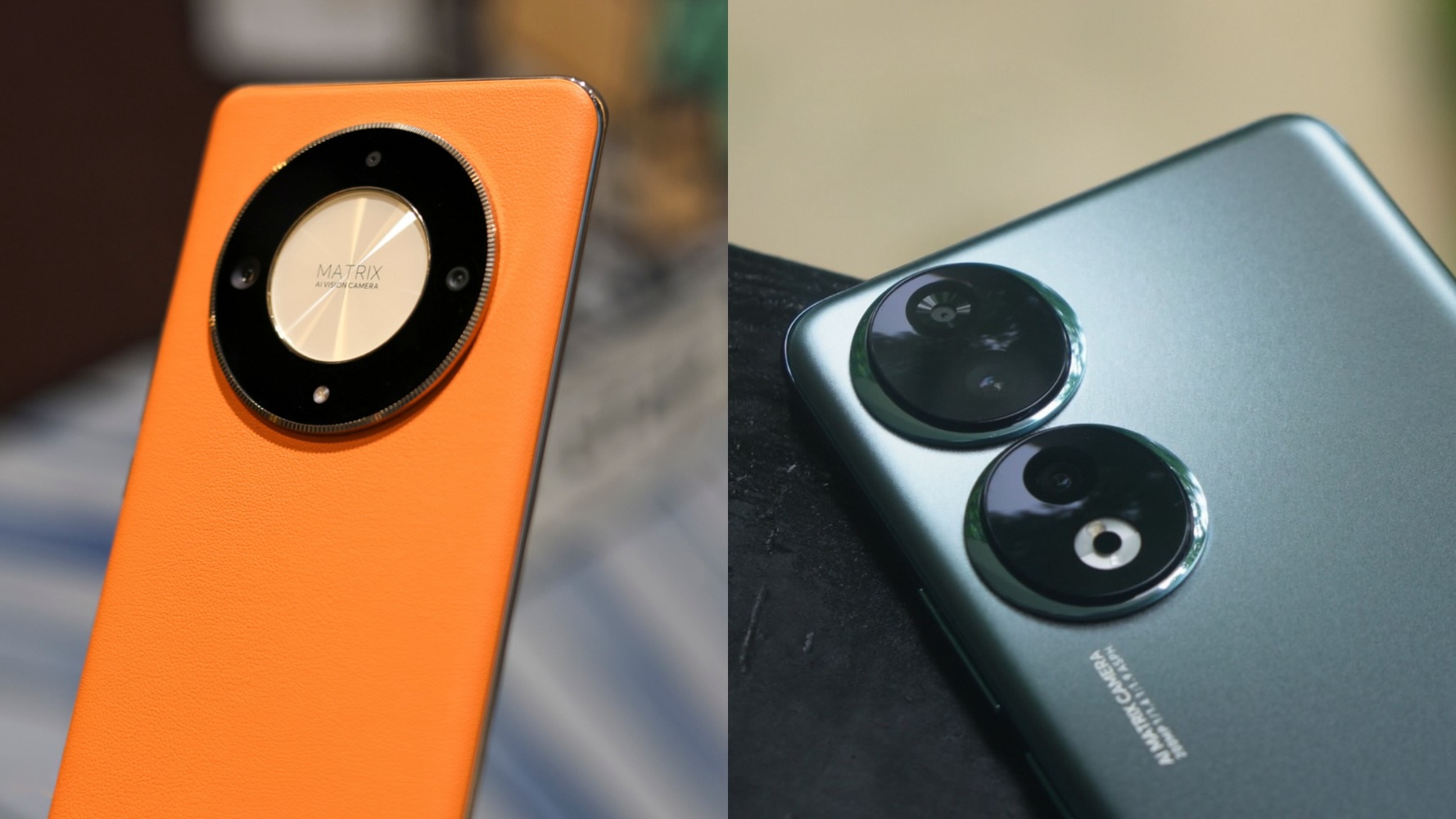Local brands were all over the place a decade ago, and you couldn’t go a week without one of them releasing a new phone. Unfortunately, that’s no longer the case now, as Starmobile, Torque, Cloudfone, O+, and countless others have shut their doors or have transitioned into a new business entirely. These local brands died, but one is still fighting it out in the market alongside brands that have deeper marketing budgets – Cherry. Cherry or as I first knew them, Cherry Mobile, has successfully navigated the challenging tides of the mobile market, and has just released two new budget phones at a time when no other local brand is left standing. I caught up with Lonson Alejandrino, Cherry’s AVP of product development to talk about the challenges they faced, their timely pivot to IOT products, and what we can expect from Cherry in the future.
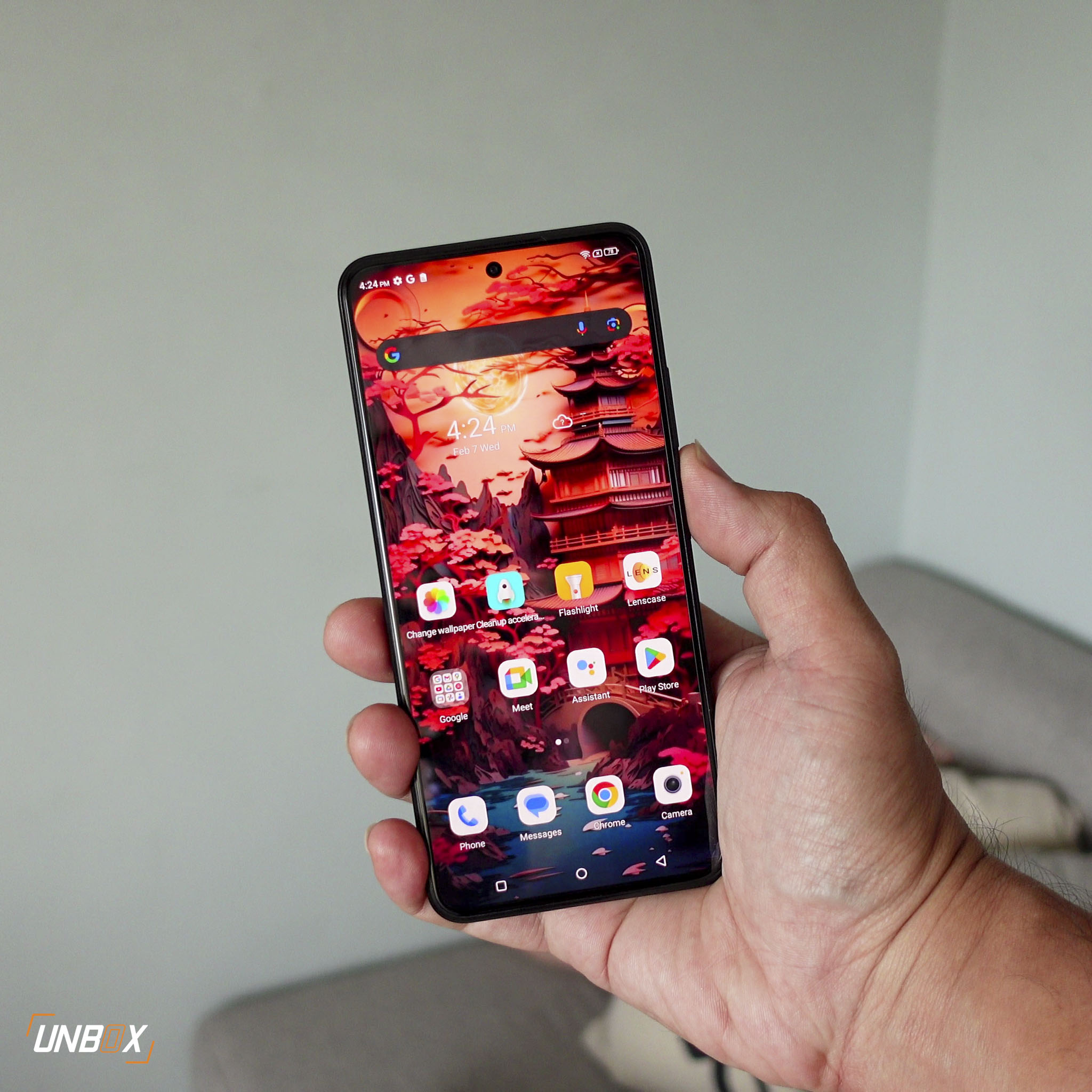
Outmatched, outbudgeted, and outspent
So what exactly happened to local brands? Well, in short, China happened. Global brands like Xiaomi, realme, then Tecno, and Infinix started to offer cheaper and cheaper smartphones to the local marketplace, at a pace and at prices that local brands couldn’t keep up with. The whole reason why people would buy local brands over something like Samsung or LG at the time was the fact that local brands offered a lot more value than more established international brands. But as time went on, the price gap started to narrow, to the point where we are now. Because of how economies of scale work and the fact that these international brands have other regions they can use to leverage with suppliers like Qualcomm, MediaTek, Samsung, and the like in terms of pricing for parts that make up their smartphones, they’re able to bargain for lower pricing for said parts which resulted in better pricing that local brands just couldn’t match.
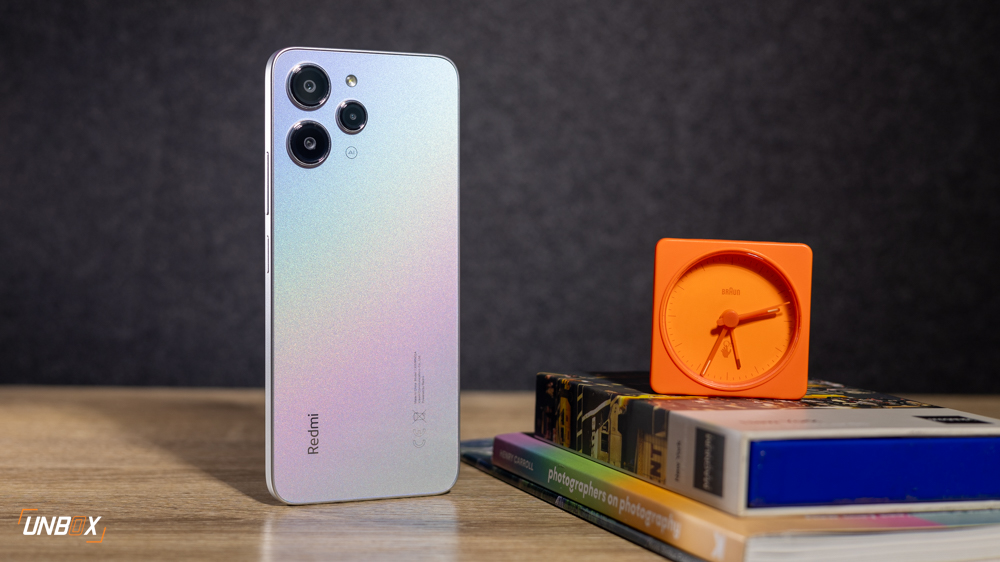
Some local brands held on a little longer than others, but in the end, almost all of them crumbled under the weight of competition. Even the stubborn survivors that made it to 2020 were done in by the supply chain constraints that were imposed by the global pandemic. That’s mostly the reason why these local brands died off in the first place.
Then there was a matter of how often a user replaced their phones. In the local brand’s heyday more than half a decade ago, people had much shorter smartphone replacement cycles for their phones. These days when people buy a phone, they expect it to last for two years, not just one.

Pivot to IoT
How did Cherry survive? Well, it was a combination of factors, but Lonson credits it mostly to foresight. Cherry had a very close working relationship with chipmakers like Qualcomm and MediaTek, which allowed them to see the coming storm that their competitors didn’t. Their unique access to their suppliers’ roadmaps allowed them to predict which price points their Chinese competitors were going, which allowed them in turn to adjust the price bands that they wanted to go. When Qualcomm and MediaTek were targeting the sub $200 market, Cherry put their efforts into the sub $100. When their competitors started to target the sub $100 and they couldn’t compete in the price war that was being fought, they pivoted to IOTs. Their competitors didn’t see that, that’s why those other local brands died.
Read more:
Cherry Unveils One Cherry Ecosystem
6 Cherry IoT Products for Your Smart Home Needs
Cherry’s successful pivot to smart appliances and IoT products allowed them to stay in business and survive and thrive where their competitors withered and died on the vine. Their pivot also happened during the start of the pandemic, further helping their appliance and IOT business along.
Cherry’s back to making phones
Cherry’s back to offering phones to customers, and Lonson assured me that this isn’t a one-time thing. They still have another phone to launch in the next few months. There’s been a drastic change in how the company approaches product launches – gone are the days when they’d be launching multiple phones in one quarter. Cherry is now more strategic in its offerings.
But that doesn’t mean Cherry’s not going to make market-disrupting devices either. We asked them about the possibility of offering foldables in the future. While Lonson didn’t say anything about releasing one shortly, he also didn’t rule the idea out, saying that it all depends on what the market can bear and how affordable they could make them. Personally, I hope they release a Cherry foldable sooner rather than later, as I’m excited to see a Pinoy-branded foldable hit the streets.


